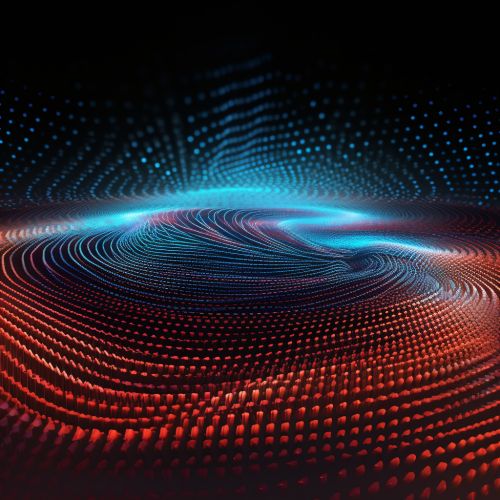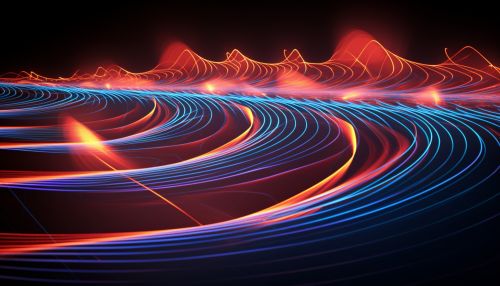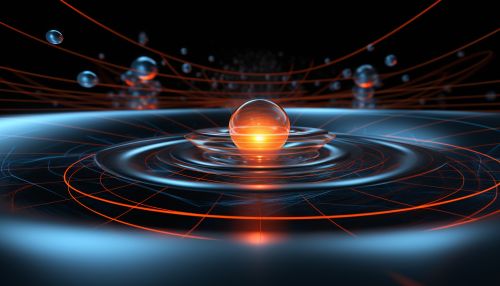The Physics of Quantum Mechanics in Quantum Interference
Introduction
Quantum mechanics, a fundamental theory in physics, describes the physical properties of nature at the scale of atoms and subatomic particles. It introduces concepts that differ significantly from those of classical physics, such as superposition and entanglement. One of the most intriguing phenomena in quantum mechanics is quantum interference, which arises from the wave-like nature of quantum particles.


Quantum Mechanics
Quantum mechanics is a branch of physics that deals with phenomena on a very small scale, such as molecules, atoms, and subatomic particles like electrons and photons. It is a fundamental theory in physics that provides a description of the physical properties of nature at the scale of atoms and subatomic particles. Quantum mechanics departs from classical mechanics primarily at the quantum realm of atomic and subatomic length scales.
Quantum Interference
Quantum interference is a phenomenon in quantum mechanics where the probability distribution of a quantum state changes due to the superposition of several quantum states. This phenomenon is a direct consequence of the wave-like properties of quantum particles, which allows them to interfere with each other much like waves in a pond. Quantum interference is responsible for many of the unique properties of quantum systems, and it is the principle behind technologies such as quantum computers and quantum cryptography.


Wave-Particle Duality
Wave-particle duality is a key principle in quantum mechanics that posits that all quantum entities exhibit both particle-like and wave-like properties. A central concept of quantum mechanics, this duality addresses the inability of classical concepts like "particle" and "wave" to fully describe the behavior of quantum-scale objects. This duality is most visibly demonstrated in the double-slit experiment, where particles such as electrons or photons produce an interference pattern, a behavior typically associated with waves.
Quantum Superposition
Quantum superposition is a fundamental principle of quantum mechanics that holds that a physical system—such as an electron in an atom—can exist in multiple states simultaneously. However, when measured, the system appears in one state only. This is a direct result of the wave-like properties of quantum systems, which allows them to exist in multiple states at once. The superposition principle is mathematically described by the Schrödinger equation, the fundamental equation of quantum mechanics.


Quantum Entanglement
Quantum entanglement is a physical phenomenon that occurs when pairs or groups of particles interact in ways such that the quantum state of each particle cannot be described independently of the state of the others, even when the particles are separated by a large distance. This phenomenon leads to correlations between observable physical properties of the systems. Entanglement is a key resource in quantum computation and quantum information theory.


Applications of Quantum Interference
Quantum interference has many applications in modern technology. For instance, it is a key principle behind quantum computing, a new type of computation that uses quantum bits, or qubits, which can be in a superposition of states, instead of classical bits. Quantum interference is also used in quantum cryptography, which uses quantum mechanics to secure communication. Other applications include quantum metrology and quantum imaging.
Conclusion
Quantum interference, a cornerstone of quantum mechanics, has revolutionized our understanding of the physical world. It has led to the development of new technologies that harness the unique properties of the quantum world, and continues to inspire ongoing research in physics and related fields.
